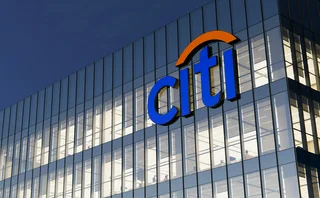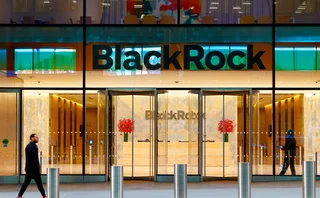

Game of Sefs: automation helps Tradeweb topple Bloomberg
Buy side’s desire for lighter-touch trading of interest rate swaps propels Tradeweb to top spot by volume
Corporate history is littered with examples of leading companies that have been laid low by disruptive technology.
In the electronically traded swaps space, Bloomberg’s swap execution facility (Sef) has been the dominant dealer-to-client execution venue in the US since the electronic mandate came into force, recording a 55% average market share by volume for interest rate swaps in 2014, according to Futures Industry Association data.
But just three years later, Tradeweb has overtaken its rival
Only users who have a paid subscription or are part of a corporate subscription are able to print or copy content.
To access these options, along with all other subscription benefits, please contact info@risk.net or view our subscription options here: http://subscriptions.risk.net/subscribe
You are currently unable to print this content. Please contact info@risk.net to find out more.
You are currently unable to copy this content. Please contact info@risk.net to find out more.
Copyright Infopro Digital Limited. All rights reserved.
As outlined in our terms and conditions, https://www.infopro-digital.com/terms-and-conditions/subscriptions/ (point 2.4), printing is limited to a single copy.
If you would like to purchase additional rights please email info@risk.net
Copyright Infopro Digital Limited. All rights reserved.
You may share this content using our article tools. As outlined in our terms and conditions, https://www.infopro-digital.com/terms-and-conditions/subscriptions/ (clause 2.4), an Authorised User may only make one copy of the materials for their own personal use. You must also comply with the restrictions in clause 2.5.
If you would like to purchase additional rights please email info@risk.net
More on Markets
Everything, everywhere: 15 AI use cases in play, all at once
Research is top AI use case, best execution bottom; no use is universal, and none shunned, says survey
Citi rolls out revamped SDP in emerging markets
Unified API will boost electronic pricing and automation for restricted currencies, says bank
HSBC appoints Benihasim as global FX head
Hong Kong-based Benihasim replaces Richard Bibbey, who moved to London to run institutional sales
BlackRock bucks trend in shrinking IRS market for Ucits
Counterparty Radar: Pimco boosts pay-fixed book by $27.5 billion in H1 2024
Hong Kong dealers make Honia transition push
Standard Chartered ramps up swaps quoting for Hibor alternative; calls for industry transition group
BlackRock tests ‘quantum cognition’ AI for high-yield bond picks
Study uses Qognitive machine learning model to find liquid substitutes for hard-to-trade securities
Researchers, quants, strats – AI is coming for you
Survey IDs roles to be most impacted by front-office AI, but experts say many will change, not disappear
Trump’s tariff threats stress London gold market
Cost of funding customer positions has shot up 10,000% as deliverable supplies shift to New York







